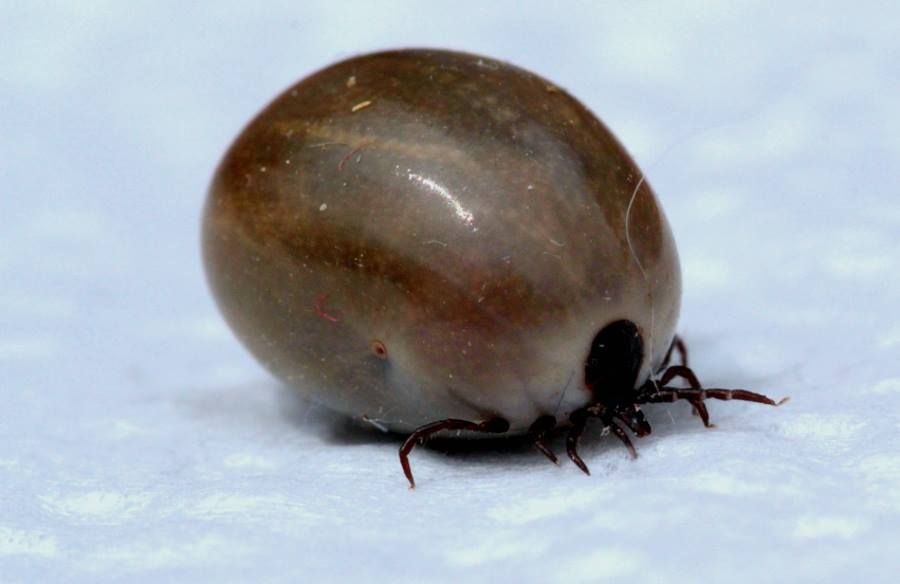
Spring is the peak of tick activity
Ticks drink blood from their hosts three times during their lifetime, search for prey through extremely sensitive senses, responding m.In. to heat and exhaled carbon dioxide and can survive frosts of several degrees. The peak activity of these parasites has just begun.
Lyme disease and tick-borne inflammation m zgu are diseases of which rych has been making headlines for some time now with the arrival of summer. The Internet is filled with information about diseases, as well as the organisms that mediate their transmission: ticks. These small arachnids arouse concern j because of their habits in nutrition: for they parasitize humans and animals, thus transmitting the b health-threatening diseases.
Scientists have so far described approx. 900 species in ticks, spośr d kt permanently present in Poland 19. They can be found in shady, warm and humid places, such as forests, around reservoirs in waterways or parks. However, they are not found uniformly throughout the area. This is not a coincidence. Ticks accumulate, for example. where there are more animals and therefore where it is easier to find a meal. From a 2018 study conducted by a Polish-Slovakian group of scientists, the In the results that on forest paths, with which The number of ticks on forest paths, which are used by wild animals, is up to seven times higher than for example. in the bushes.
It is a myth that ticks can live in trees and jump from them onto passing people and animals; these arachnids stay at a maximum height of 1.5 meters, patiently waiting for potential hosts. Ticks search for their victims thanks to their ability to smell (especially sweat), heat and exhaled carbon dioxide from a considerable distance. Once on the body of the host, they can wander for a long time, looking for a well-blooded place to insert themselves. Thanks to the fact that the tick’s saliva contains anesthetic chemicals, the sting itself is painless. The tick remains sucked in and can draw blood for up to 5-14 days.
The most common tick species in our country is the common tick (Ixodes ricinus). Its development cycle lasts two-three years and includes three stages: from larva, through nymph to adult (the adult male measures 2-3 mm, while the female measures up to 5 mm).
For a tick to survive, it needs to drink blood at every stage of development. It is difficult to spot an adult male, which ry take little food from the host, increasing in size to only 2.5 mm. On the other hand, a blood-drunk female grows significantly larger, taking on sizes as large as nearly 2 cm. Humans can host all stages of in the developmental stages of the common tick.
Ticks usually begin searching for hosts in spring, when the soil reaches a temperature of 5-7 degrees Celsius; they end when the average air temperature drops above 5 degrees. "However, mild winters mean that ticks can be active year-round, and to transmit disease to humans rational pathogens in can occur even in winter" – warns the State District Sanitary Inspector in Warsaw. As he adds, only temperatures below minus 20 degrees cause them to die.
Interestingly, ticks are not a new threat – they have already attacked. dinosaurs. In 2017. In the pages of the journal "Nature Communications" Scientists have reported the discovery in Burma of a tick attached to a pi ra dinosaur tick, which ry survived 99 million years in amber. It was the first direct proof d tick parasitism on dinosaurs, and the species (now extinct) was named Deinocroton draculi, Which can be translated as "Dracula’s terrible tick".

